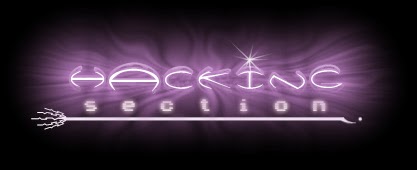4. DSL – Digital Subscriber Line
DSL is frequently referred to as an "always on" connection because it uses existing 2-wire copper telephone line connected to the premise so service is delivered simultaneously with wired telephone service -- it will not tie up your phone line as an analog dial-up connection does. The two main categories of DSL for home subscribers are called ADSL and SDSL. All types of DSL technologies are collectively referred to as xDSL. xDSL connection speeds range from 128 Kbps to 9 Mbps.
5. DSL - Asymmetric Digital Subscriber Line
ADSL is the most commonly deployed types of DSL in North America. Short for asymmetric digital subscriber line ADSL supports data rates of from 1.5 to 9 Mbps when receiving data (known as the downstream rate) and from 16 to 640 Kbps when sending data (known as the upstream rate). ADSL requires a special ADSL modem.
6.ADSL+2 - ADSL Extension
An extension to ADSL broadband technology that provides subscribers with significantly faster download speeds when compared to traditional ADSL connections. ADSL+2 works in the same fashion as ADSL a special filter is installed on a subscriber's telephone line to split existing copper telephone lines (POTS) between regular telephone (voice) and ADSL+2. ADSL2+ service is most commonly offered in highly-populated metropolitan areas and subscribers must be in close geographical locations to the provider's central office to receive ADSL2+ service.
7. SDSL - Symmetric Digital Subscriber Line
Short for symmetric digital subscriber line, SDSL is a technology that allows more data to be sent over existing copper telephone lines (POTS). SDSL supports data rates up to 3 Mbps. SDSL works by sending digital pulses in the high-frequency area of telephone wires and cannot operate simultaneously with voice connections over the same wires. SDSL requires a special SDSL modem. SDSL is called symmetric because it supports the same data rates for upstream and downstream traffic.
8. VDSL - Very High DSL
Very High DSL (VDSL) is a DSL technology that offers fast data rates over relatively short distances — the shorter the distance, the faster the connection rate.
9. Cable - Broadband Internet Connection
Through the use of a cable modem you can have a broadband Internet connection that is designed to operate over cable TV lines. Cable Internet works by using TV channel space for data transmission, with certain channels used for downstream transmission, and other channels for upstream transmission. Because the coaxial cable used by cable TV provides much greater bandwidth than telephone lines, a cable modem can be used to achieve extremely fast access. Cable providers typically implement a cap to limit capacity and accommodate more customers. Cable speeds range from 512 Kbps to 20 Mbps.

.jpg)




Do you need to increase your credit score?
ReplyDeleteDo you intend to upgrade your school grade?
Do you want to hack your cheating spouse Email, whatsapp, Facebook, instagram or any social network?
Do you need any information concerning any database.
Do you need to retrieve deleted files?
Do you need to clear your criminal records or DMV?
Do you want to remove any site or link from any blog?
you should contact this hacker, he is reliable and good at the hack jobs..
contact : cybergoldenhacker at gmail dot com